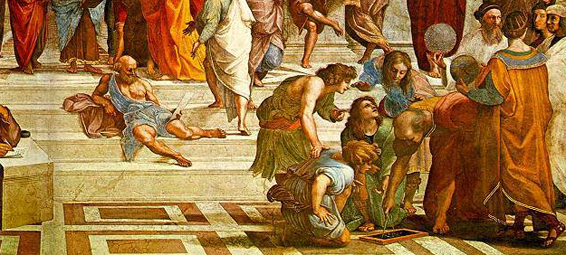Last night, Centraltrak hosted “Radical Regionalism,” a panel discussion organized by Leigh Arnold to address issues, races, and genders missing from the Dallas Museum of Art’s now infamous State of the Arts panel discussion.
In direct opposition of the ‘four old white guys’ who led the State of the Arts conversation, this panel consisted of artist Matthew Cusick, UT Arlington architecture professor Wanda Dye, artist and UT Arlington professor Benito Huerta, artist and South Dallas Cultural Center director Vicki Meek, and academic and critic Charissa Terranova.
Diversity being the key here, it proved to be the primary topic of the discussion from the beginning. It was clear from Huerta’s opening remarks that people had things they needed to get off of their chest. After pointing out that we don’t need to look toNew York for answers and instead cultivate our own unique identity, he discussed the lack of diversity in our museums and institutions.
Cusick (the lone white guy) replied that he did not feel this was always the case. He pointed to what and who museums around the world were exhibiting and also referenced the recent Mark Bradford and current Glenn Ligon shows. Being a young white male artist myself, I cringed when I heard Cusick make this defense. The issue of race in Dallas relates to the collective whole, and no matter how good our intentions are, Cusick’s line of argument just sounds wrong. To Cusick’s defense, he is recently transplanted from New York and is not aware of the storied regional history behind this conversation.
From here things heated up. Meek jumped in and spoke of her experiences as an African American female artist and to the fact that there were only three black female artists present in the standing room only audience. She pushed on by stating that nobody in the room (I think she meant the white people) comes to the South Dallas Cultural Center. She gave a hard sale on why we need to go check out the high quality artwork there and not just the jazz. I’m sold, so I’ll see you all there next weekend.
Dye then revealed that she is currently in line to be the first tenured female member of the UTA School of Architecture. She related her experiences fighting the old guard on not only gender issues but their outdated Modernist methodologies that are prohibiting educational growth in our schools.
Here moderator Arnold steered the conversation to education and asked what our local universities are doing to foster development. Terranova physically pointed out Michael Corris (the only member of the DMA panel in attendance, ouch), saying that he and SMU are not doing enough to raise the level of art education in the area. She also talked about the need for more artist-initiated endeavors that bypass the established institutions.
In the end, this was a conversation that needed to happen. Although there were intense moments, the general consensus was that Dallas-Fort Worth has an art scene that needs to be less self-conscious and stop looking to other cities for all the answers. We live in a very large, diverse metropolitan area with all of the ingredients for success if cultivated with boundary breaking partnerships and projects.
Image: Raphael’s The School of Athens (detail)





